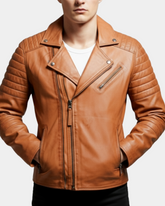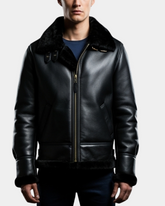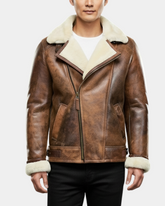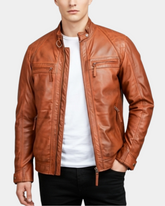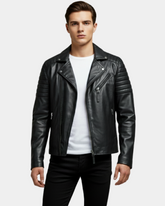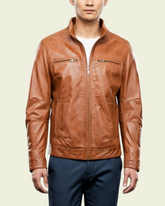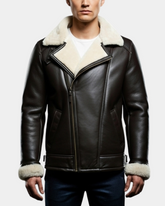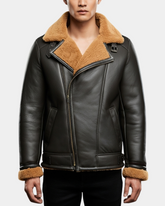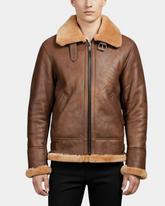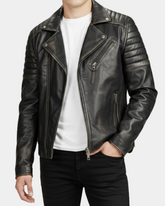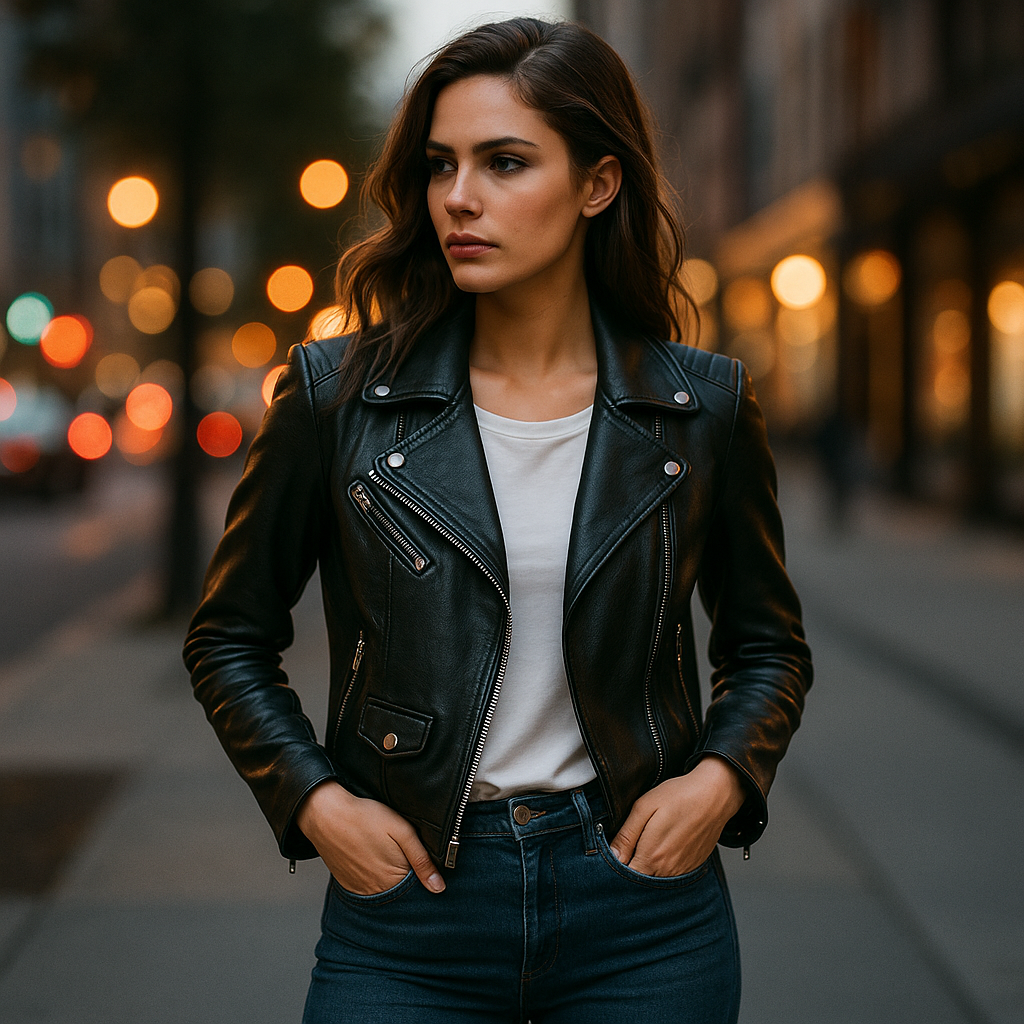What Is Bonded Leather?
What Is Bonded Leather? (And When to Skip It)
Short answer: bonded leather is a manufactured sheet made by mixing shredded leather scraps with a polyurethane or rubber binder, casting that mix onto a paper/fabric backing, then embossing a grain so it looks like leather. It contains real leather fibers, but it’s not a whole cut of hide.
How Bonded Leather Is Made
- Collect & grind: off-cuts and trimmings from tanneries are shredded into fiber.
- Bind & cast: fibers are blended with a plastic binder and spread/extruded onto a backing sheet.
- Finish & emboss: pigments/topcoats are applied; a leather-like grain is heat-pressed for a uniform look.
This process explains the day-one consistency—and the limitations in breathability and long-term strength.

Bonded vs. Other Leather (and PU)
| Type | What it is | Look & Feel | Durability |
|---|---|---|---|
| Full-grain | Top of the hide, grain intact | Most natural; develops rich patina | Highest |
| Top-grain | Top cut, lightly corrected | More uniform than full-grain | Excellent |
| Genuine | Split/lower layers; corrected | Uniform; embossed/finished surface | Moderate |
| Bonded | Leather fibers + binder on backing | Looks consistent at first | Lowest |
| PU (faux) | Synthetic; no animal content | Even, plastic-based finish | Varies; can outlast bonded |
Pros
- Low price and uniform appearance for large runs.
- Uses waste (upcycling of leather scraps).
Cons
- Shorter lifespan: more prone to peeling/cracking within a few years of regular use.
- Lower breathability & comfort than cut-from-hide leathers.
- Harder to repair: surface failures are mostly cosmetic fixes.
Where You’ll See It
Budget furniture and accessories where cost and appearance matter more than long-term durability. For heirloom pieces, choose top-grain or full-grain instead.
How to Spot Bonded Leather
- Back side: paper/cloth backing vs. suede-like flesh side.
- Edges: plastic-clean edges vs. fibrous hide edges.
- Smell/feel: more synthetic/chemical; colder hand feel.
- Grain: repeated, stamped pattern with little variation.
Care Tips (If You Already Own It)
- Keep away from direct sun/heat; UV + heat hasten topcoat failure.
- Clean gently with a soft cloth; avoid harsh solvents.
- Use light conditioners for coated materials—sparingly.

Buying Advice
Choose bonded leather only for light, occasional use at a low price. For daily-wear jackets, bags, or seating you’ll use hard and long, step up to genuine or top-grain at minimum—and full-grain for maximum life and patina.

